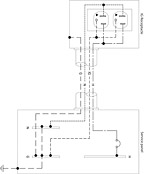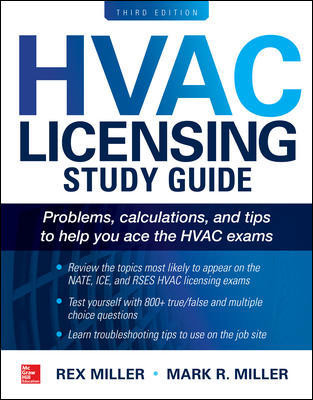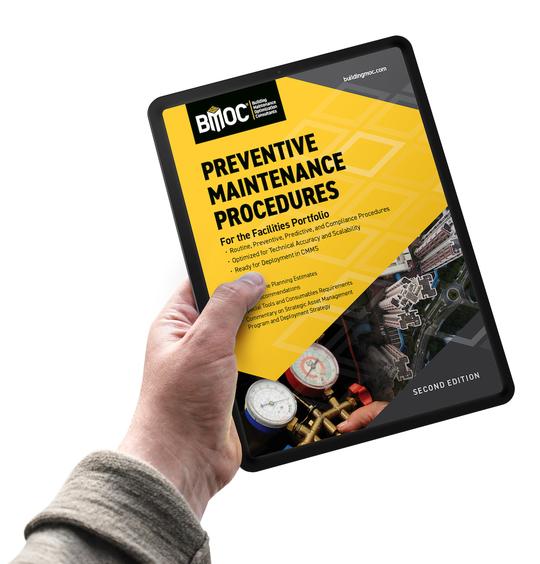
Some manufacturers request an isolated ground (IG), insulated from all equipment enclosures and conduits as a reference for their signal circuits. There are two concerns that an electrical designer should have in complying with this request: maintaining electrical safety and whether this arrangement is an improvement over standard grounding.
You Can Make It Safe
If it is only used for low-level signals and a standard equipment grounding conductor is provided for grounding and bonding the enclosures of all equipment containing circuits energized at line voltage, use of an isolated ground does not violate NEC requirements. In this case, the isolated grounding electrode can be anything the equipment manufacturer wishes to use, such as a convenient water pipe or a dedicated driven ground rod.If an isolated ground is requested for the 120VAC branch circuit to the equipment, then the same ground is being used for signal reference and equipment grounding, and must comply with the NEC. There are two primary requirements that must be met:
- The origin for the isolated ground conductor must be the neutral-ground bond at the service or at the separately-derived system supplying the circuit. You may not use a separate grounding electrode; and
- The grounding conductor must be routed inside the conduit or raceway containing the conductors supplying the circuit all the way from the source.
Figure 1 shows the wiring of the special type of receptacle used, in which the grounding connection for the plug is insulated from the metal mounting strap. To maintain isolation, the grounding conductor to the receptacle cannot be connected to anything else, so if a metal box, raceway, or enclosure is used, an additional non-isolated equipment grounding conductor is needed. The faceplate is orange in color or marked with an orange triangle to indicate isolated ground.
But Is It Really Better?
Complying with the above rules will ensure that you don't violate the code, but there is an ongoing debate whether this arrangement provides an improvement over standard methods. The notion that electrical noise is prevalent on conduits and electrical enclosures in the typical building has not been demonstrated to my satisfaction. I doubt whether any advantage is obtained from an isolated ground in most cases.An isolated ground actually has a disadvantage over a common electrical ground for surge protection. As discussed last time, grounding for surge protection requires a path with low impedance to high frequencies. A long conductor run through the conduit system back to the service ground won't meet that criterion. Having two different ground references at the equipment, one for power and one for signals, provides an opportunity for damaging potential differences during system faults or surges.
It is my opinion that sensitive equipment is better served by ensuring that the local electrical system ground at the equipment and the other metal systems in the building are effectively bonded to the building ground grid. The metal conduit system should then provide a more effective high-frequency ground path than a long single conductor. If higher performance is required, the NEC permits supplementing the required equipment grounding conductor with other ground connections. Adding a direct connection between the ground bus in an I&C panel and the buried ground grid or building structure can provide a very effective high-frequency ground. ES


